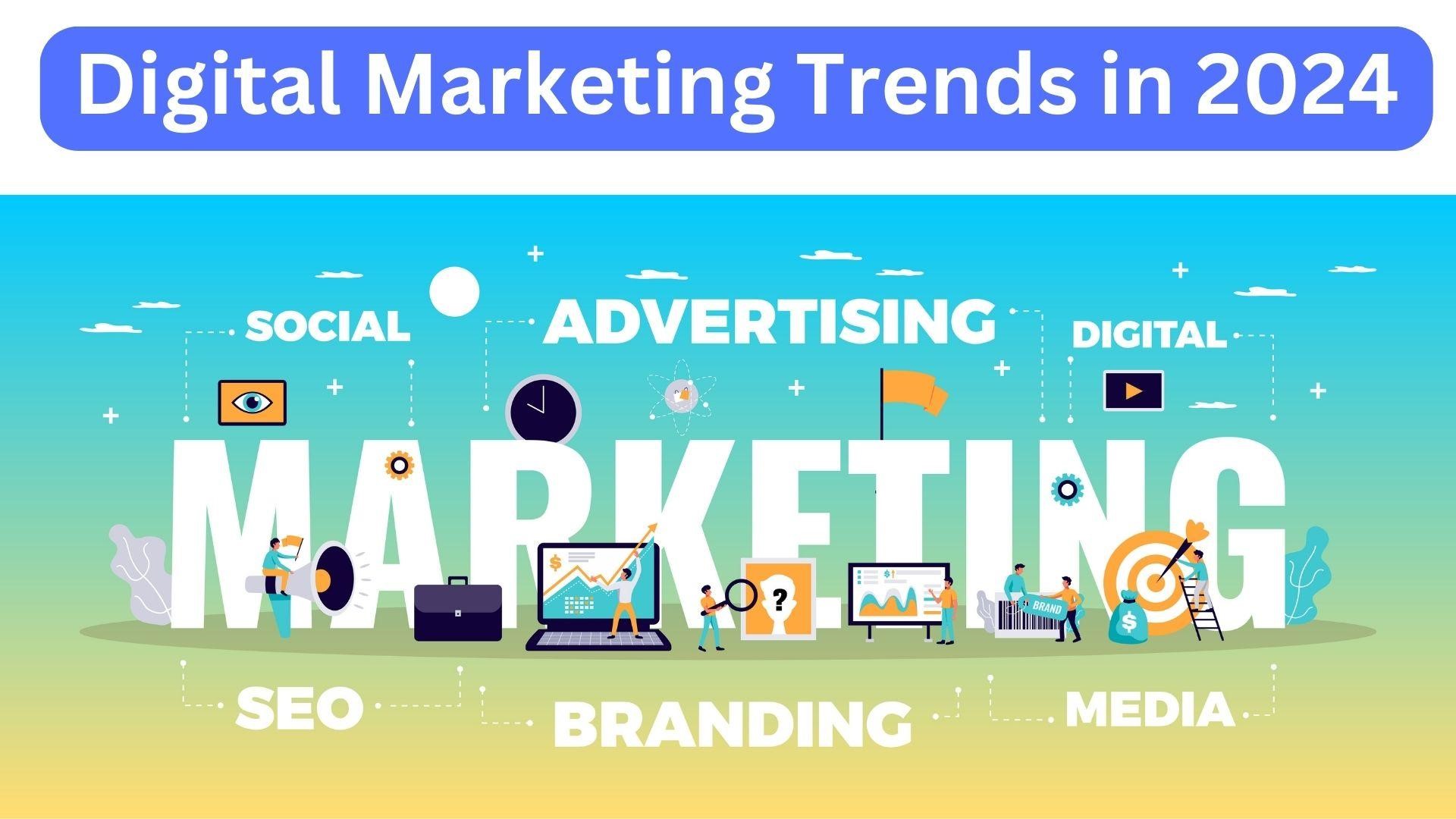Tune In to Your Audience: How TV Ads Create Lasting Impressions.
Introduction:
In the era of information overload and fleeting attention spans, the battle for a consumer’s heart (and wallet) is more intense than ever. While digital marketing reigns supreme, television advertising still holds a unique power: the ability to captivate a captive audience and forge lasting impressions. But in a landscape saturated with commercials, how do you cut through the noise and make your brand truly resonate? The answer lies in tuning in to your audience. In the ever-changing world of advertising, Television continues to be a strong medium that grabs consumers’ attention throughout the world.
This blog explores the impact of TV advertisements and strategies employed to create lasting impressions.
Cultural Relevance:
TV ads often have the power to become cultural phenomena. Memorable commercials become part of popular culture, referenced in conversations, shared on social media, and even integrated into daily language. Creating content that resonates with the current cultural context can elevate a brand’s status and contribute to its long-term success.
Multi-Screen Integration:
While television remains a powerful standalone medium, its integration with digital platforms enhances its effectiveness. Many viewers use second screens (smartphones, tablets, laptops) while watching TV. Advertisers can leverage this behavior by creating synchronized multi-screen experiences, extending the reach and impact of their TV campaigns.
The Psychological Impact of TV Ads:
Emotional Resonance:
One of the enduring strengths of TV advertising lies in its ability to evoke emotions. Successful TV commercials leverage storytelling techniques that tap into fundamental human experiences, creating a profound connection with viewers. We explore the psychology behind these emotionally resonant ads and how they leave a lasting imprint on the minds and hearts of consumers.
Brand Recognition:
Building and maintaining brand recognition is a crucial aspect of TV advertising. Memorable slogans, distinctive visuals, and the repetition of key elements contribute to establishing and reinforcing brand identity. We delve into case studies that highlight the power of consistent branding in creating a lasting impact on consumer memory.
Challenges and Opportunities in the Digital Age:
Adapting to Change:
The digital age has brought about unprecedented changes in consumer behavior, with streaming platforms and on-demand content reshaping how audiences consume television. We discuss the challenges faced by TV advertisers in adapting to these shifts, from navigating the decline of traditional cable to finding innovative ways to capture fragmented viewer attention.
Interactive Advertising:
In response to the digital revolution, advertisers are exploring interactive and immersive TV ad experiences. We explore how technologies like augmented reality (AR) and interactive storytelling are being integrated into TV commercials, creating a bridge between traditional and digital advertising.
Understanding Your Audience:
Effective TV advertising isn’t a monologue; it’s a dialogue. You can’t expect your message to land if you don’t understand who you’re speaking to. Before crafting your ad, embark on a deep dive into your target audience:
- Demographics: Age, gender, income, location, etc. These paint a broad picture of your audience’s background.
- Psychographics: Values, interests, aspirations, and pain points. This delves deeper into their motivations and desires.
- Media consumption habits: Where do they get their information and entertainment? TV viewership habits, preferred channels, and programs are crucial insights.
By understanding these factors, you can create an ad that speaks directly to your audience’s language, needs, and aspirations. It’s not just about selling a product; it’s about connecting with them on an emotional level, building trust, and creating a Memorable brand experience.
Television ads remain an influential medium for leaving long-lasting impressions on buyers in an ever-changing advertising landscape. As technology evolves and new channels arise, TV commercials remain a powerful force capable of grabbing viewers and making a long-lasting impression on their thoughts.
Repetition and Consistency:
The power of repetition should not be underestimated. TV ads have the advantage of reaching a broad audience repeatedly over a specified period. Consistent exposure to a well-crafted message helps in building brand recall and familiarity. When consumers encounter a brand message consistently, it becomes ingrained in their memory, fostering a sense of trust and recognition.
Emotional Connection:
Television excels in eliciting emotions through carefully crafted visuals and soundtracks. Advertisers can use storytelling techniques that evoke laughter, joy, nostalgia, or empathy, creating a strong emotional connection with the audience. Emotionally charged ads are more likely to be remembered, and the positive associations they create can influence purchasing decisions long after the commercial airs.
Targeted Reach:
TV networks offer a variety of channels catering to diverse demographics and interests. Advertisers can strategically choose the channels and time slots that align with their target audience. This precision in targeting ensures that the message reaches the right people, maximizing the impact of the ad campaign.
Brand Awareness Ads:
Brand awareness ads are designed to familiarize target audiences with a brand, making it recognizable and memorable. These advertisements typically focus on creating a strong brand image, using visual elements, slogans, and storytelling to leave a lasting impression.
Brand Awareness Advertising:
Brand awareness advertising aims to increase recognition and recall of a brand among consumers. It involves strategic placement of ads across various channels, emphasizing consistent messaging and visual identity to build a strong brand presence in the market.
Brand Awareness Articles:
Articles on brand awareness delve into strategies, case studies, and insights on how businesses can effectively build and maintain brand recognition. They may cover topics such as the importance of brand consistency, the role of storytelling in branding, and emerging trends in brand awareness campaigns.
Importance of Brand Awareness:
Brand awareness is crucial for businesses as it establishes trust, loyalty, and credibility among consumers. A strong brand presence sets a foundation for customer engagement and can drive sales by influencing purchase decisions. It also helps differentiate a brand in a competitive market.
Increase Brand Awareness on Social Media:
To boost brand awareness on social media, businesses utilize platforms like Facebook, Instagram, Twitter, and LinkedIn. Consistent posting, engaging content, and targeted ads contribute to increased visibility. Influencer collaborations and interactive campaigns also play a vital role in enhancing brand recognition.
Social Media Marketing Effectiveness:
Social media marketing is effective for brand awareness due to its vast reach, targeted advertising options, and interactive nature. Platforms offer analytics tools to measure engagement, click-through rates, and audience demographics, enabling businesses to assess the effectiveness of their social media campaigns.
Measuring Marketing Effectiveness:
Measuring marketing effectiveness involves assessing key performance indicators (KPIs) like brand reach, engagement, conversion rates, and return on investment (ROI). Analytics tools, customer surveys, and market research help businesses gauge the impact of their marketing efforts and make data-driven decisions for future campaigns.
Cognitive Psychology:
Cognitive psychology explores mental processes such as perception, memory, problem-solving, and decision-making. In the context of advertising, cognitive psychology helps marketers understand how consumers process information, make judgments, and form perceptions about brands.
Cognitive Processing:
Cognitive processing refers to the mental activities involved in receiving, interpreting, and responding to information. In advertising, cognitive processing examines how individuals perceive and comprehend brand messages. Effective advertising aims to capture attention, facilitate understanding, and create positive associations through cognitive processes.
Brand Perception:
Brand perception is influenced by experiences, associations, and brand communication. Advertising plays a pivotal role in shaping brand perception by strategically conveying brand messages, values, and attributes. Consistent and positive messaging enhances favorable perceptions among the target audience.
Advertising ROI of TV Ads:
The Return on Investment (ROI) of TV ads measures the profitability of advertising expenditures. Analyzing advertising ROI involves assessing the impact of TV ads on brand awareness, sales, and overall business performance. Factors such as increased website traffic, product inquiries, and changes in consumer behavior contribute to determining the effectiveness and financial returns of TV advertising campaigns. Utilizing analytics tools and conducting market research aids in quantifying the advertising ROI and optimizing future strategies.
TV advertising costs
TV advertising costs can vary depending on when and where the ads are shown. Popular prime-time shows are more expensive, especially during big events like the Super Bowl. National channels usually pay more than local channels. Advertisers can choose a specific time of day to target their audience. Local advertising is cheaper and allows businesses to reach their area. Advertising itself also increases costs. Negotiable depending on how often and how long the ad is displayed. Digital technology is beginning to change the prices of television advertising. Advertisers need to check whether their TV ads are worth the money spent by looking at how effectively they reach people
Advertising terms
Here’s an explanation of some common TV advertising terms:
- CPM (Cost Per Mille): CPM is a measure of advertising cost indicating the price of 1,000 impressions or views of an advertisement. It helps advertisers understand how much they are paying to reach a specific audience.
- GRP (Gross Rating Points): GRP is a metric that combines the reach and frequency of an advertising campaign. It provides an overall measure of the impact or exposure of the campaign to the target audience.
- Reach: Reach refers to the total number or percentage of unique viewers or households exposed to a particular advertisement at least once during a specific time period.
- Frequency: Frequency is the average number of times a viewer or household is exposed to a specific advertisement within a given time frame. It helps measure the intensity of the campaign.
- Daypart: Daypart refers to the division of the day into different segments for advertising purposes. Advertisers can choose specific times, such as morning, afternoon, or evening, to target their audience effectively.
- Upfronts: Upfronts are annual events where TV networks showcase their upcoming programs and sell advertising space in advance. Advertisers often secure premium ad placements during these events.
- Commercial Break: A commercial break is a pause in a TV program during which advertisements are aired. It is a crucial time for advertisers to grab the audience’s attention.
- Spot Advertising: Spot advertising involves purchasing airtime for a specific commercial to be shown at a particular time. Advertisers can strategically choose when and where their ads will be broadcast.
- Lead-In: The lead-in is the TV program that precedes a commercial break. A strong lead-in program can positively influence the viewership and effectiveness of subsequent advertisements.
- Copy: Copy refers to the actual content or script of the advertisement. It includes the text, visuals, and audio elements that convey the message to the audience.
- Sponsorship: Sponsorship involves a brand supporting or associating itself with a specific TV program or event. This can enhance brand visibility and create a positive association with the content.
- DVR (Digital Video Recorder): DVR is a device that allows viewers to record and playback TV programs. Advertisers consider DVR usage as it impacts viewers’ ability to skip or fast-forward through commercials.
Understanding these TV advertising terms is crucial for advertisers to make informed decisions and optimize the effectiveness of their campaigns.
TV advertising disadvantages
TV advertising has its share of disadvantages. Firstly, it can be prohibitively expensive, especially for small businesses with limited budgets. The costs include not only airtime but also production expenses for creating high-quality commercials. Additionally, reaching a specific target audience can be challenging, as TV viewership is diverse and not easily segmented. With the rise of streaming services and DVRs allowing viewers to skip commercials, there is a growing concern about ad avoidance, reducing the impact of TV advertisements.
TV advertising Vs Digital marketing
Choosing ProPlus Logics Solutions Company for social media marketing is strategic, considering their expertise, industry alignment, and innovative strategies. Their understanding of your target audience and clear communication style is vital for success. We focus on measurable metrics, and have positive client reviews. Budget alignment is crucial, and ProPlus Logics Solutions offer reasonable pricing with a strong return on investment. Look for adaptability to changing trends, and a flexible strategies approach to your business needs. Thorough research and client consultations will help make an informed decision for effective social media marketing.
Conclusion
In conclusion, TV advertising remains a powerful and influential medium in the ever-evolving landscape of marketing. Its historical journey from the first Bulova watch commercial in 1941 to the present day reflects its adaptability and enduring relevance. Despite the rise of digital platforms, TV advertising continues to captivate diverse audiences, offering a visually compelling and emotionally resonant way for brands to connect with consumers.
The effectiveness of TV advertising lies not only in its wide reach but also in its ability to convey messages through a combination of sight and sound. As brands navigate the digital age, integrating TV ads with online strategies becomes crucial for a holistic approach to marketing. The impact of well-crafted TV commercials goes beyond immediate sales; it contributes to building brand awareness, trust, and loyalty.
As we look ahead, TV advertising will likely continue evolving, embracing new technologies and strategies to engage viewers in a dynamic and competitive market. The challenge lies in striking a balance between traditional TV advertising and emerging digital trends, ensuring that campaigns resonate with modern audiences. Ultimately, the enduring allure of TV advertising lies in its capacity to tell stories, evoke emotions, and leave a lasting imprint on the collective consciousness of viewers.
 " alt="">
" alt="">








